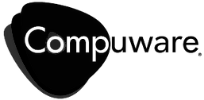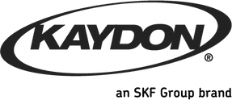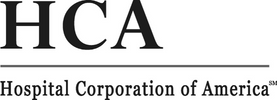
Last week we discussed “High Quality Scores Mean Lower Pay-per-click Costs“. This week we are going to continue discussing ways of optimizing your advertising budget for pay-per-click (PPC) ads by understanding negative keywords this week.
Unfortunately computers are computers and unless you give them specific instructions, they will run-a-muck with your money. This tends to happen when your ads show for unintended topics making you cringe when you learn how much money you wasted.
Let’s say you have a key phrase in your ad campaign for “leather shoes” and Google displays the ad for “cheap leather shoes”, yet your business is high-end craftsmanship shoes. If your ad shows for “cheap leather shoes” and someone clicks on it to your web page that is anything but cheap, you will have wasted your money on that visitor.
The trick is to tell your ad campaign to not display for for searches with the word “cheap” in them.
Understanding Negative Keywords
The short description of a negative keyword is they prevent your ads from being shown in a word or phrase search. By setting up negative keywords you are telling Google not to show your ads if the conditions match your adwords campaign.
Keep in mind that while this may look like additional work, negative keywords help you reach the most interested customers, reduce your advertising costs, and ultimately increases your return on investment (ROI). When you add negative keywords (search campaigns) or as keyword exclusions (display campaigns), your ad won’t show to people searching for those terms or visiting sites that contain those terms. Therefore, what is left will be customers that are indeed looking for your products or services.
The process of setting up negative keywords to your Adwords campaigns is important to your budget optimization to save money. You will add negative keywords most often paid search campaigns that contain keywords on either broad match or phrase match. by adding these irrelevant terms to your campaign, your budget will be used for search queries that are specific to your business.
There are other uses for negative keywords including a way to funnel traffic and budget to your best campaign or ad group for a particular keyword or phrase. Let’s take for example, you are advertising for both iPhones and Android phones. Your Adwords campaign results are showing more people showing Android ads for your iPhone campaign. You can use negative keywords to direct each searchers to the most relevant ad campaign and ad groups.
How Negative Keywords Will Improve Your Budget
- Prevent your ads from showing to people searching for products or services you do not offer.
- Show your ads to people who are more likely to be interested in your products and services.
- Optimize your budget by excluding keywords or phrases that will not generate a return on investment.
Finding Negative Keywords
Let’s start with the Search Query Report which is found in the keywords tab in your campaign or ad groups.
- Choose a Campaign or Ad Group
- Click the Keywords Tab
- Click the checkboxes next to the keywords you want to run a report for, or you can select all keywords.
- A list of keywords will appear where you can check the boxes next to the keywords you would like to add as negative keywords. Once you have checked the boxes you can click the “Add as Negative Keyword” button.
- Don’t forget to click save.
Editing Negative Keywords
In the event you need to edit your negative keywords you have selected you will want to follow these instructions:
- Choose a Campaign or Ad Group
- Click the Keywords Tab
- Scroll down to the “Negative Keywords” Section
Once you open this area you will see the “Ad group level” and the “Campaign level” and will be able to edit the existing negative keywords.
A Few Things To Keep In Mind
- You will want to select negative keywords carefully and not go overboard with too many of them. Your campaign can this time go in the exact opposite direction by not being shown to enough people.
- Be sure your negative keywords are not overlapping with your important campaign keywords and cause your ads not to show.
- Let’s say you add the negative keyword “beer bottle.” Your ad might still show for searches for “wine bottles,” or “micro brewery beer.” However, your ad would not show for searches on “cheap bear bottle,” or “beer bottle opener.”
Hopefully last week’s discussion on quality scores and this week about negative keywords gives you an idea on ways to optimize your advertising budget. Budget optimization is about spending your money strategically. The first step was to understand the quality scores, the next step is about understanding negative keywords and finally the relationship between cost and quality. This will help you your return-on-investment (ROI), perhaps experiment with your bids, and use performance information to help you determine where your dollars will make the most impact.























